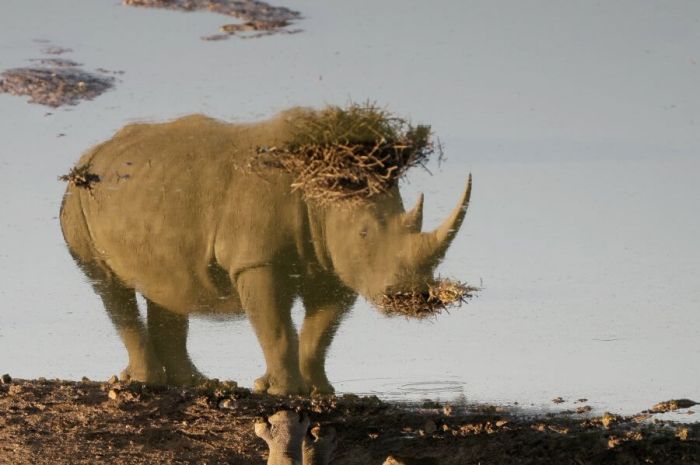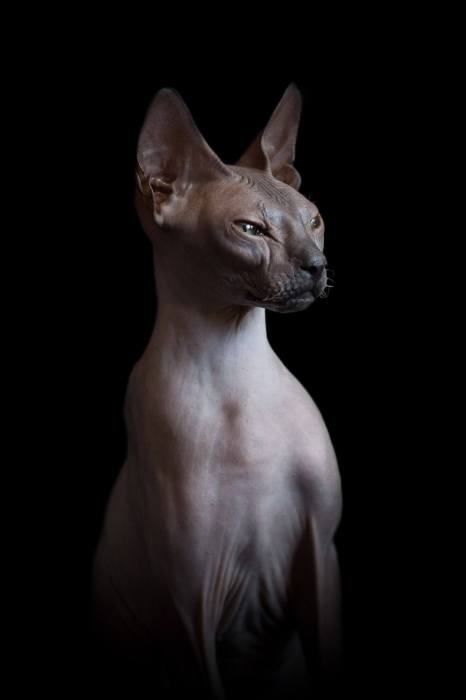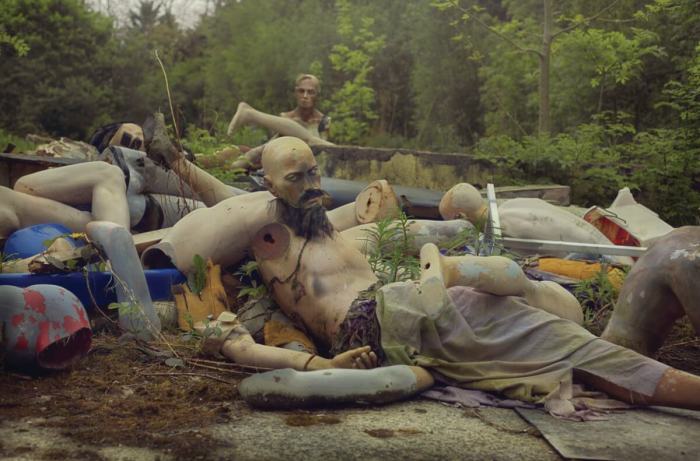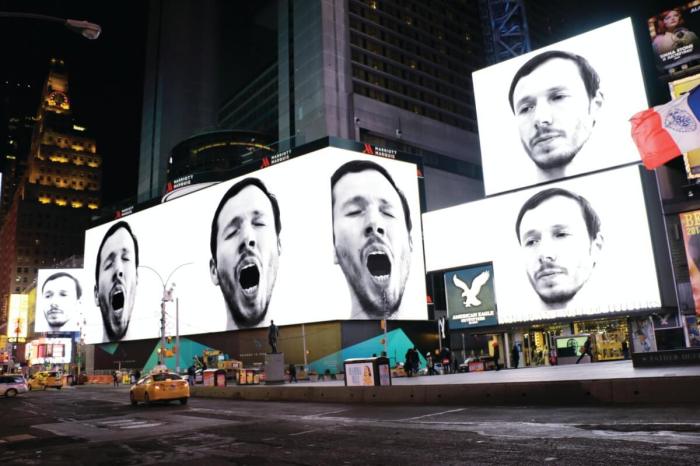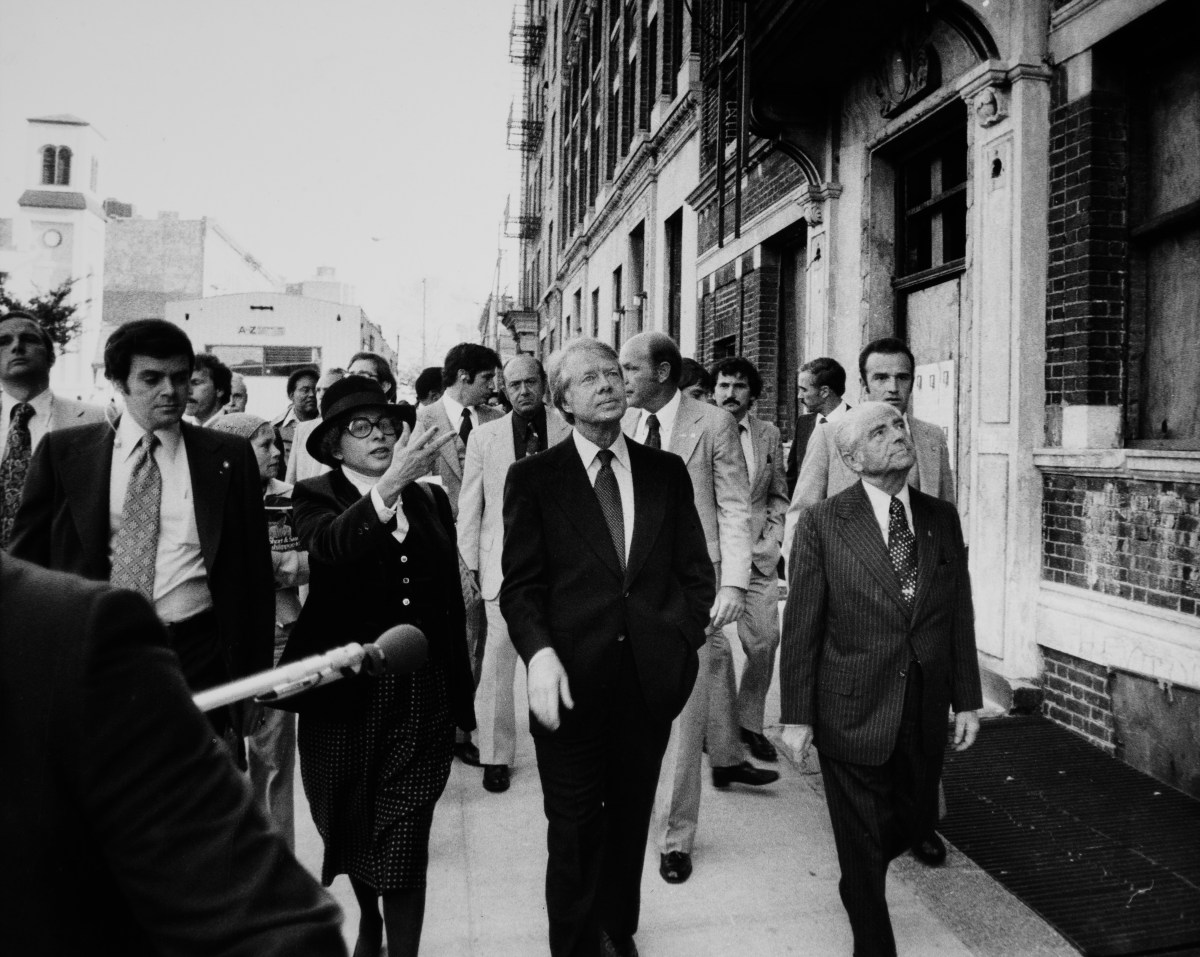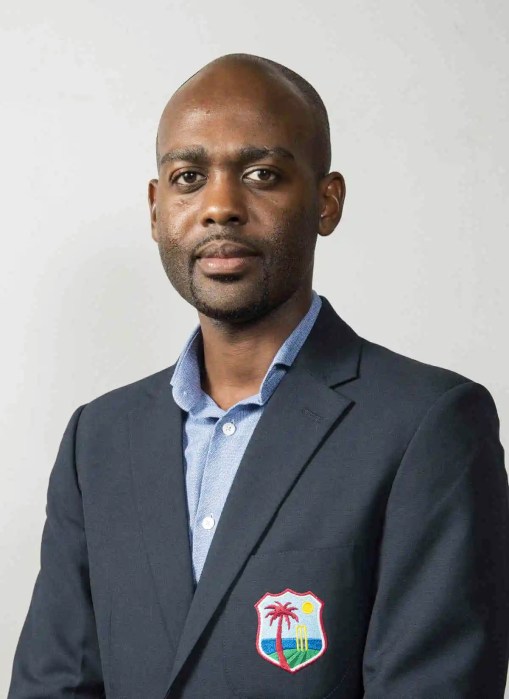At first sight, these look like vertiginous mountain peaks. However, on closer inspection, these features are actually waves. Australian photographer Ray Collins has transformed the swells in our oceans into something more craggy and menacing. Collins’ work of “moody seascapes” features in new book “Found At Sea.” Was it difficult to capture these waves on camera in such a manner?
It’s not like a normal studio where you can set up yourlighting, mount tripods, do some test shots, etc. When you’re in the ocean you have to focus, compose, set your shutter speed, aperture and iso, make sure you have no water droplets on your lens. You must have needed some patience to capture the swells at the most “mountainous” peak…
A lot of patience! And of course knowledge of weather maps and wavelocations. It’s a combination of elements that you put into a strategy. The internet has made it easier to get this data but at the end of the day Mother Nature always has the last say. So, all I can do is maximisZe my chances of the best conditions. How did you decide to do the book “Found At Sea”?
It was a dream to one day have a body of work that I could be proud of, to bind itall up in a physical form and have as my ‘Best Of’ images. It features work from seven years of shooting, but 80% of it was shot in the last two years. I am inspired by two things: water and light. Why did you decide to pho- tograph barren waves?
It was a conscious decision, but I have always been drawn to them at the same time. They are timeless, they don’t age. But on the sametoken, no two are ever the same; once that moment has gone it will never be repeated. I just want to show the many moods of thesea… when it is roaring and exploding and when it is the quiet, calm whisper. Did you use special equip- ment?
I use Nikon Cameras (D4s and D810) inside a water- proof housing.

